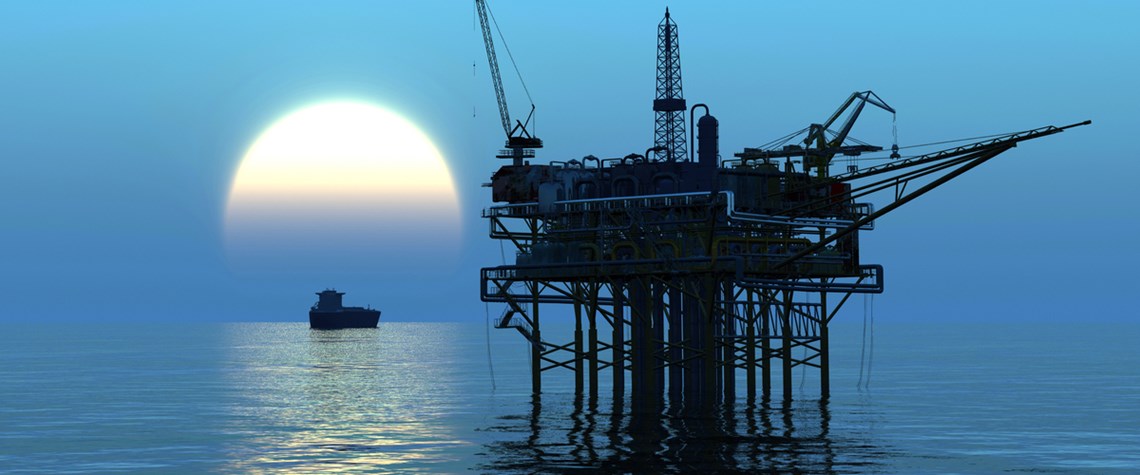Any oil and gas company can improve its carbon footprint by rejigging its global oilfield portfolio and disposing of its most polluting assets. While this means it would edge closer to any emissions pledge it has made and reduces its risk of being stuck with stranded assets, the benefits to global emissions are far from obvious.
While the most resilient producers have a large majority of project options that would still work in a low-carbon world, others may find their whole portfolio is at risk. In a world that limits global warming to 1.6°C by 2100, over a third of ‘business as usual’ level capex is no longer viable while c.90pc of unsanctioned oil is likely to lose value, according to a report from thinktank Carbon Tracker on diverging strategies to tackling stranded asset risk published in October.
Some oil and gas producers are increasingly incorporating transition risk across their businesses, while others are ignoring it completely. European majors are taking a more consistent approach to resilience during the transition, while US companies have portfolios that are more vulnerable to stranded assets, according to the report. US firms do not typically disclose their future oil price assumptions but appear to assume a rosier future for oil demand.
Eight of the world's top oil companies—including ExxonMobil, Shell and BP—are expected to sell dozens of oil and gas fields and refineries worth more than $110bn to reduce their debt and carbon footprints, according to the report. European majors, in particular, will be more willing to sell off assets at discounted prices, allowing companies with more optimistic predictions for oil demand to secure great value from discarded assets.
The likely outcome is that less climate-conscious firms will buy these carbon-intensive assets at cheap prices, motivated by the ability to secure above-average returns. So while offloading assets reduces an individual company’s carbon footprint and potentially enables it to reach net-zero by 2050, it is likely that this will not provide a net benefit to global emissions.
Offloading assets
Carbon Tracker’s head of climate, industry and energy research, Andrew Grant, says the intention of IOCs to sell off assets is about managing portfolios but also about finding value.
“Why would those companies be worried about offloading those assets to someone else to take on the risk of having stranded assets? For years on end, we have been hearing people say, 'we are all about value, we are not about volume'. Market share is not what people should be thinking about. It is about developing and creating value within the risk tolerance of other sellers.”
However, just because assets are sold off at cheaper than historical valuations, it does not mean they are good value. “If buying these assets means their cost of capital increases—because investors do not want to play a part due to climate concerns and the very high risk of stranded assets—it would chip away at the economics of developing these projects,” adds Grant.
The outlook for carbon-intensive assets will inevitably decline as the world works through the energy transition, albeit at an unknown pace. If subdued demand creates oversupply, the lowest cost assets—those that deliver the highest margin at the lowest risk—will be prioritised to satisfy demand. For example, as the cost of extraction and carbon intensity of Saudi Aramco’s portfolio is so low, it is less sensitive to changes in demand.
The future of carbon-intensive assets, of course, depends on future oil demand. Some predictions suggest it already peaked in 2019 whereas others think the peak is decades away. For example, consultancy Wood Mackenzie forecasts that peak oil and gas will arrive at around 2040, although both commodities will begin to plateau from 2030.
Wood Mackenzie’s Energy Transition Outlook H1 2020 report published in September predicts coal, gas and oil will continue to contribute around 80pc of primary energy supply by 2040—far off the 50pc maximum needed for the world to reach net-zero by 2050.
“More than half of the world’s energy and industrial capacity—power, cement, steel, refining, chemicals and vehicle fleet—is young and capable of lasting a few decades before technical obsolescence,” Prakash Sharma, Wood Mackenzie’s head of markets and transitions for Asia Pacific, says of the report’s findings.
“No efforts have been made to decarbonise the existing infrastructure. Emissions will continue increasing unless there is an incentive to rationalise the carbon-heavy assets or retrofit it with carbon capture storage—a Herculean task without an appropriate tax on carbon.”








Comments